Horse allergies are prevalent conditions caused by dust, touch, feed, injections, insects, or any other material to whom the horse immune system overacts. There are two typical horse allergic reactions like external (Hives, itching) and internal (respiratory problems, nasal discharge, and coughing). Horses are hyperactive to some specific substances like pollen, insect bites, Intramuscular penicillin injections, molds, hay dust, grass and tree pollens, and horse shampoo.
The allergy or hypersensitivity is the increased activity to foreign substances, which occurs after second or multiple exposures to those substances. Those reactions do not occur on first exposure, indicating that a period of sensitization must take place. These hypersensitivity reactions may result in serum sickness, hay fever, asthma, heaves, urticaria, and anaphylaxis.
How Common is a Horse allergy?
Horse allergies are very common to many horses. The combination of two or more allergens when appearing or contacting a single horse that is more than the threshold level, the allergic reactions show signs. The five most common sources of horse allergies are insect bites; direct contact with shampoos, fly sprays, and saddle; airborne agents like dust, molds, and pollens; allergies from the feed, additives, and supplements; and medicines, vaccines, and deworming agents.
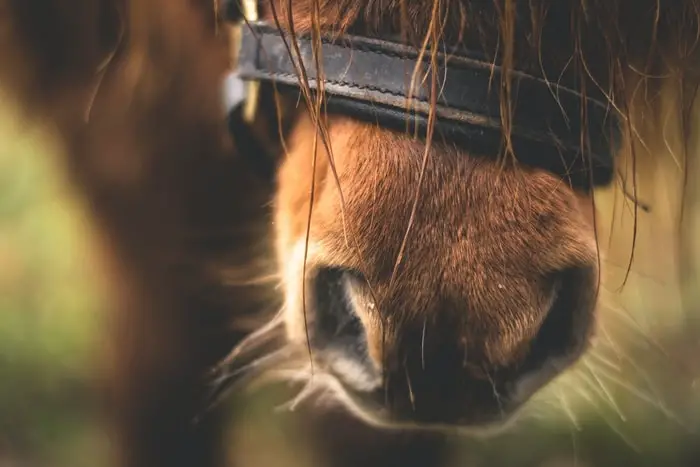
Causes of Horse Allergies
The causes of equine allergy are many such as insect bites, the touch of allergic substances, inhalation of certain ingredients or materials directly to lungs, few feeds that may have specific allergens, and certain medicines and drugs. The five leading causes of horse allergies are discussed briefly in the following paragraphs:
1. Insect Bites. Most prevalent horse allergy from the hypersensitive reactions of the saliva of insect bites. The common insects that occasionally bite your horses are horse fly, deerflies, bees, wasp, stable flies, fleas, mites, and biting midges (Culicoids). The proper management and cleanliness of horse stable will reduce the population of these flies from the environment.
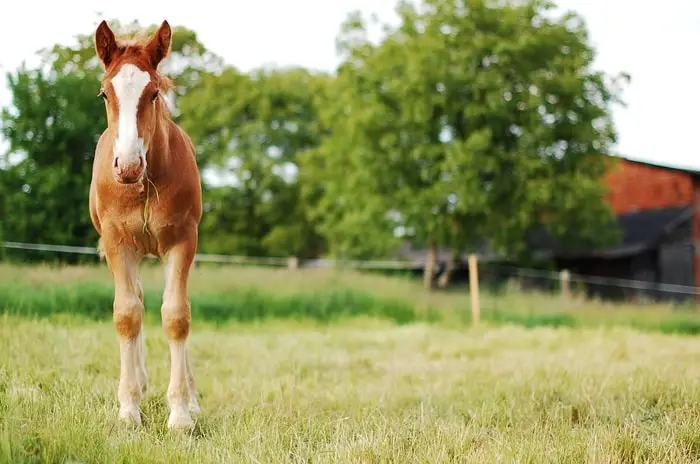
2. Inhalation Agent or Airborne Materials. The horses are sensitive to molds, dust, pollens, and other airborne against just like human beings. These allergens may produce heaves. These allergens produce respiratory signs like coughing, nasal discharge, runny eyes, malaise, and headshaking.
3. Direct or Indirect Contact or Touch. Horses are more likely to develop touch allergies by the saddle, blankets, application of shampoos, or fly sprays, and dry hay or beddings. They produce potential skin reactions to the horse’s skin. The distinguishing factor is that the allergic reactions appear only in the area of touch or direct contact of the horse’s coat.
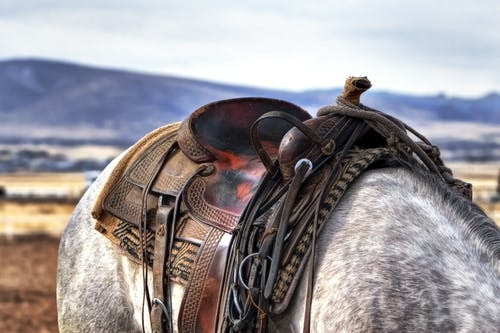
4. Food Allergies. Food allergies in horses are not common, but in a few cases, an allergic reaction may be developed from particular feed and supplements or additives. Some horses may develop skin reactions from specific hay or grass grains, black grams, grains, excessive additives, or corrosive substances in a pelleted horse diet. The first signs of food allergies are the hives that cover the whole body. This allergy is non-seasonal. You must remove the feed items immediately after the identification of the source of allergic fractions.
5. Drugs and Medicine. Specific drug or medicine allergies to horses are rare. A horse with an allergic reaction to a drug earlier may produce a severe result in repetitive use. Penicillin toxicity or hypersensitivity is the most dangerous in horses. Some drugs cause local hypersensitivity after application showing swelling at the injection site. Some horses are allergic to certain deworming products, combined vaccines, and especially rabies vaccine.
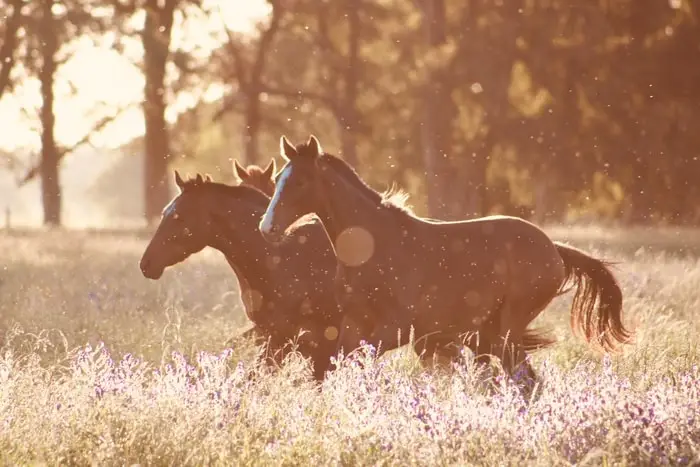
6. Environmental Allergies. Environmental allergies are the second most common factors for hypersensitive reactions in horses. The most common signs are heaves, constant exposure to barn dust may cause Recurrent Obstruction of Airways in the susceptible horses. The most common environmental allergens to horses are bacteria, bacterial endotoxins, fungi, molds, mite debris, insects, tissue debris, vegetative materials like pollen, dry hay, harmful substances like ammonia, and dry hay or dirty beddings.
Symptoms of Equine Allergies
Two most signs of horse allergies are cutaneous and respiratory. The cutaneous manifestations are appeared by heaves(urticaria), intense itching in the skin (pruritis), and as well as coughing, respiratory distress, and sneezing or runny nose. The skin reactions appear immediately after exposure or hours or day after exposure of allergens, produce fluid-filled, raised wheeled on the skin. The responses may be itchy, rubbing, and swelling in the area.
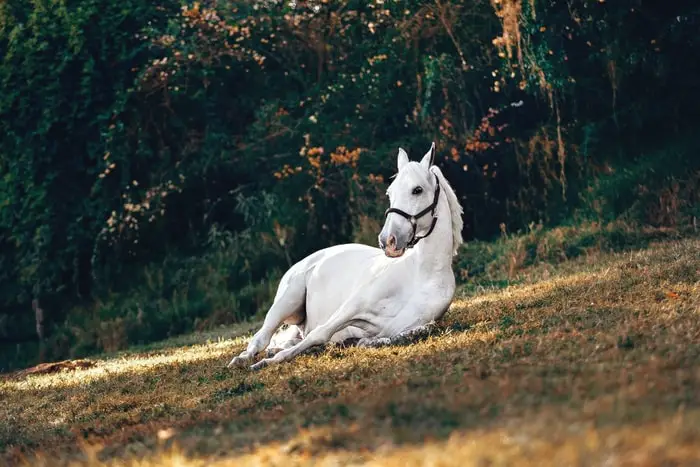
The respiratory signs include two types; one is a simple inhalation of pollen or environmental dust. Dust causes rhinitis, runny nose, redness of nostrils, difficult respiration, conjunctivitis, and runny eyes. The complex and challenging forms of respiratory allergies are Recurrent Airways Obstruction (RAO), COPD, cough, wheeze, poor performance, headshaking, and labored breathing.
Anaphylaxis to Human and Children
Horses are arguably the most important animals in history to be domesticated. For centuries, horses have been used as a means of transportation, pleasure, work, or even war. Today horses are rarely used for work in developed countries but widely owned for recreational activities. Horses have been recognized as an essential source of allergens. Horses allergy occurs in people who regularly work with horses, either professionally or for recreational purposes, and in people, indirectly exposed to horses through allergens on riding clothes.
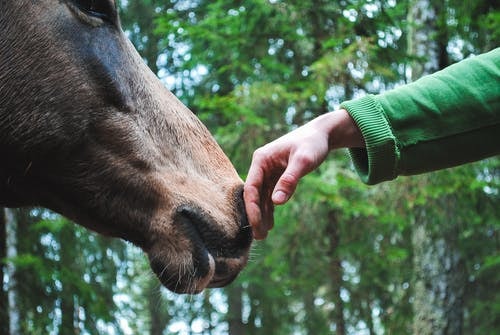
Horses are thought to be one of the most important and significant sources of mammalian allergens. Allergen extracts from horse dander, hair, and skin scraping are the usual sources of horse inhalant. Horses can generate large amounts of airborne allergens. Elevated levels of horse allergens were found in the close vicinity of stables. The common signs of horse allergies to man are conjunctivitis, rhinitis, asthma, and occasionally by urticaria.
Diagnosis/ Horse Allergy Test
The most common methods of diagnosis of horse allergies are the owner’s description of the onset of allergic reactions, signs appear on the horses, the severity of the responses, the horse diet, and the horses’ environmental conditions. Then the vet will physically check each aspect of the causes, noting any abnormalities, observe the clinical signs, check the horse’s feed and environment, saddlery items, and immediate history.
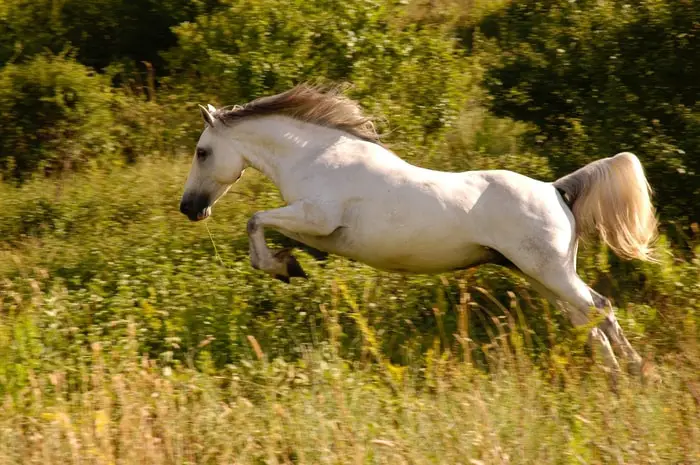
After the initial diagnosis, the veterinarian will go for confirmatory diagnosis based on the history and clinical signs. The confirmatory diagnosis is based on the collection and laboratory test of skin scraping, fluids from swelling, blood, and serum. Intradermal skin testing is better than the serological screening of equine allergies. Horse food allergies have less scope of a diagnosis other than avoiding the food or given to other animals.
What can you give a horse for allergies?
After the diagnosis of allergies, the first action is the removal or withdrawal of the causes of equine allergies. Then the Dexamethasone and prednisolone combination steroid drugs directly apply on the skin or by oral application or in severe case injectable form in the intramuscular route.

For RAO, corticosteroids are given to reduce the airways’ obstructions. Antihistaminics are commonly practiced for the treatment of allergic reactions to horses. Broad-spectrum antibiotics are used parenterally to prevent secondary bacterial infections.
Tips for Healthy Horses
The incidence of horse allergies can be reduced to a considerable amount by taking adequate preventive measures. You must reduce the contact of allergic substances from the premises of your horse. Following precautionary measures you can choose for your healthy horse:
- Reduce the incidence of insects by regular cleaning of stable, improving the drainage system, proper disposal of waste materials, and the use of insecticides in pasture and barn areas.
- Regular clean the stable with water and disinfectant to reduce the amount of dust in the horse environment.
- You must give clean, dry, and mold-free hay to your horse.
- You must maintain a record of your horse’s food allergies and never give allergic food to your horses.
- The drugs that earlier caused allergic reactions to your horse must avoid.
- Regular groom or bathe your horse.
- Maintain the cleanliness of horse tack, saddlery items, and blankets.
- Ensure proper ventilation to the horse stable.
- Pasture must be treated with broad-spectrum anthelmintics.
- Few supplements containing Omega 3 Fatty acids, MSM, Gingseng, and Spirulina may be used to reduce the incidence of allergy to horses.

The Bottom Line on Horse Allergies
Horse allergies are not a very common phenomenon for horses. But when a repeated hypersensitive reaction occurs to your horse, it will create serious problems. Allergic reactions to horses reduce the performance, increase the maintenance cost, extra bothering to the horse owner, and ultimately cull a horse from your herd. If you take adequate precautionary measures, the problems can be diminished at the earlier stage. If the above information helps you, please share it with your friends through social media.